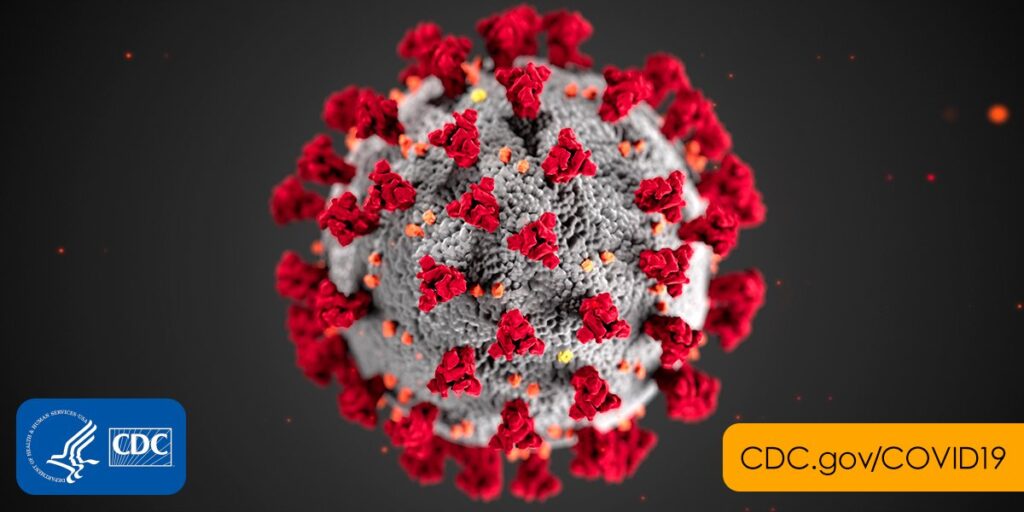Ending the threat of COVID-19, barring a verifiably effective vaccine, is going to take a combination of different approaches. Wearing masks, social distancing, and thorough, consistent disinfecting all contribute to safer interaction when others when absolutely necessary. Among those, disinfecting is the most physically exerting (though it really isn’t all that exerting overall), but a new study at Columbia University could have found another approach.
A type of ultraviolet light called far-UVC—which is safe to use around people—kills more than 99.9% of airborne coronaviruses, a new study at Columbia University Irving Medical Center has found.
“Based on our results, continuous airborne disinfection with far-UVC light at the current regulatory limit could greatly reduce the level of airborne virus in indoor environments occupied by people,” says the study’s lead author David Brenner, PhD, Higgins Professor of Radiation Biophysics at Columbia University Vagelos College of Physicians and Surgeons and director of the Center for Radiological Research at Columbia University Irving Medical Center.
A separate ongoing study is examining the effect of far-UVC on SARS-CoV-2, more commonly known as COVID-19, specifically. Preliminary data suggest that far-UVC light is just as effective at killing SARS-CoV-2.
“Far-UVC light doesn’t really discriminate between coronavirus types, so we expected that it would kill SARS-CoV-2 in just the same way,” Brenner says. “Since SARS-CoV-2 is largely spread via droplets and aerosols that are coughed and sneezed into the air, it’s important to have a tool that can safely inactivate the virus while it’s in the air, particularly while people are around.
“Because it’s safe to use in occupied spaces like hospitals, buses, planes, trains, train stations, schools, restaurants, offices, theaters, gyms, and anywhere that people gather indoors, far-UVC light could be used in combination with other measures, like wearing face masks and washing hands, to limit the transmission of SARS-CoV-2 and other viruses.”
Far-UVC light (222 nm wavelength) differs from conventional germicidal UVC light (254 nm wavelength) as it cannot penetrate the tear layer of the eye or the outer dead-cell layer of skin and so it cannot reach or damage living cells in the body. The bulbs for the particular far-UVC wavelength are also fairly inexpensive making them suitable for wide use.
You can read the full study here.











